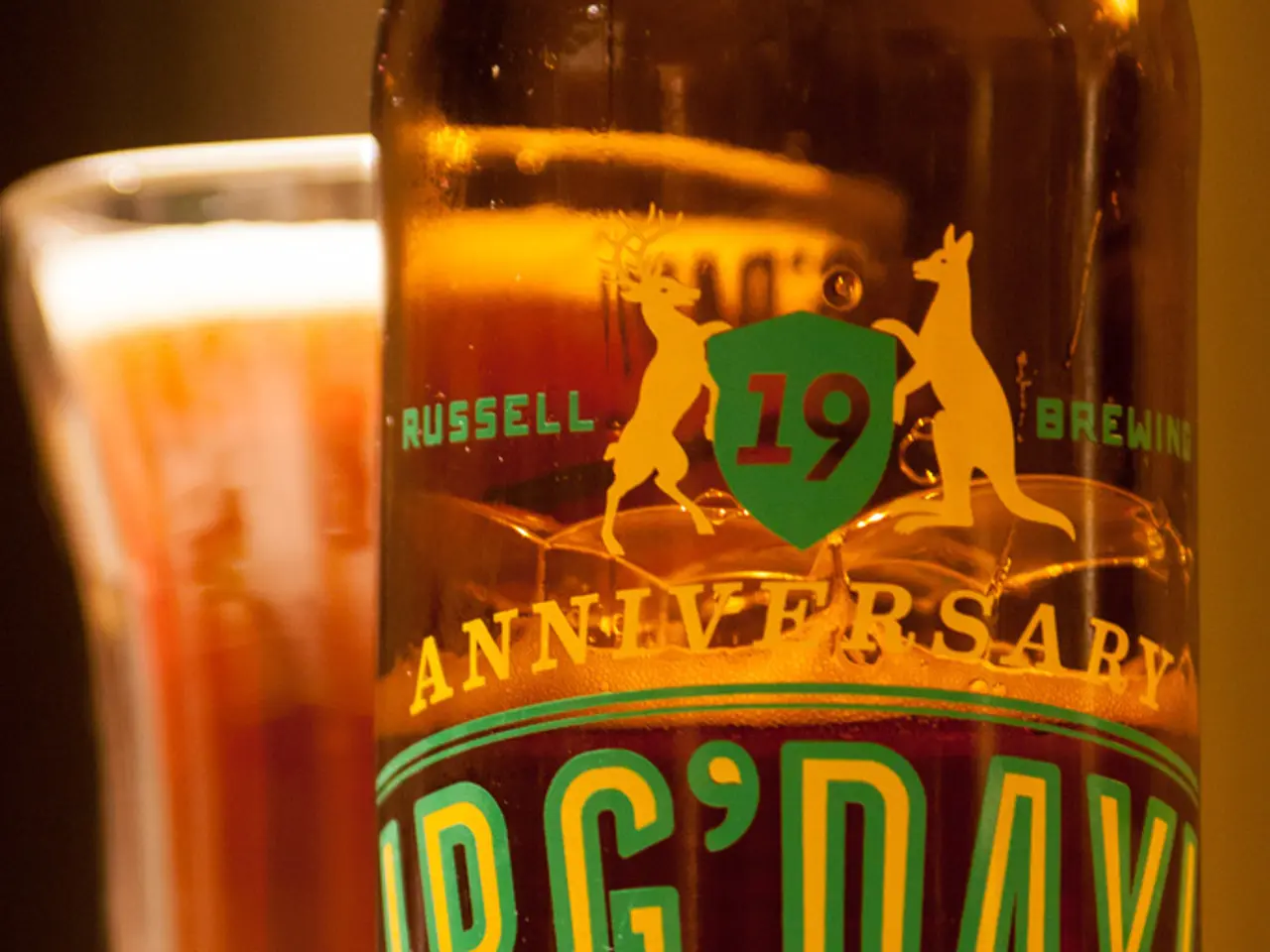Market Status of Wine Investment: Possible Turnaround After Low Point?
Fine Wine Market Correction: Bordeaux Vintages Show Signs of Stabilization
The fine wine market has experienced a deep and prolonged price correction, particularly affecting Bordeaux vintages such as 2000, 2005, and 2009. Prices for these vintages, which peaked around 2022, have corrected sharply, returning to levels last seen between 2016 and 2018.
This correction, which has seen overall fine wine prices fall approximately 22.8% since Q3 2022, according to market analyses, can be attributed to several factors. High interest rates globally have reduced speculative buying and borrowing, dampening demand for luxury assets like fine wine. Trade tensions and tariffs, such as the 15% tariff imposed by the US on European wines, including Bordeaux, in August 2025, have added cost pressures and increased market uncertainty. Global economic and geopolitical volatility has made buyers more cautious, reducing exuberant bidding seen in previous years.
However, recent developments and market characteristics suggest that the correction may be stabilizing and could offer buying opportunities. The current price levels are considered attractive on an inflation-adjusted basis compared to previous peaks, potentially incentivizing new buyers. Some market watchers note that the fine wine market often rebounds after such corrections, especially for high-quality Bordeaux vintages, once broader economic conditions improve. Climate-change driven scarcity in recent vintages, such as 2024 Bordeaux, drives interest back to quality back vintages like 2000, 2005, and 2009, which remain undervalued, implying good medium-to-long term investment potential.
There is cautious optimism within the fine wine community, recognizing pockets of demand re-emerging even amidst macroeconomic challenges. The prices for top-tier Burgundy wines have also softened, indicating a potential recovery in the market.
In summary, the deep correction affecting Bordeaux vintages 2000, 2005, and 2009 has largely run its course by mid-2025, but recovery is tempered by tariffs and economic factors. Prices remain attractive relative to recent highs and inflation, positioning these vintages as potential buying opportunities ahead of anticipated price rises due to tariffs and scarcity-driven market shifts. Buyers and investors are advised to remain cautious but attentive to signs of renewed demand as 2025 progresses.
It is important to note that wine prices can go down as well as up, as stated in the disclaimer on the magazine's Marketwatch pages. For those considering wine investment, it is advised to seek independent advice where necessary and to be aware that the information published is for informational purposes only and does not constitute investment advice.
For those interested in exploring the world of fine wine further, a Collector's Guide for Spain can be found on the website, as well as articles discussing Albariño beyond Spain and its potential as the next great white grape, and the hidden wine gems of the Italian coast. Additionally, an article about the perpetual rise of Bordeaux's white wines is available, as well as an article featuring the 20 best rosés from beyond Provence this year.
[1] Market Analysis Report, Fine Wine Investment Company, 2025 [2] Tariff Impact Analysis, Wine Trade Association, 2025 [3] Fine Wine Market Trends, Wine Intelligence, 2025 [4] Climate Change and Wine Production, International Panel on Climate Change, 2024 [5] Fine Wine Market Outlook, Wine Spectator, 2025
- Investing in champagne or wine, such as the undervalued Bordeaux vintages of 2000, 2005, and 2009, could be an appealing finance opportunity in the current market, given their attractive prices relative to recent highs and inflation.
- With the benchmark Bordeaux vintages showing signs of stabilization, real-estate in the fine wine market may soon regain value, making it a potential asset worthy of consideration for those interested in long-term investment.




